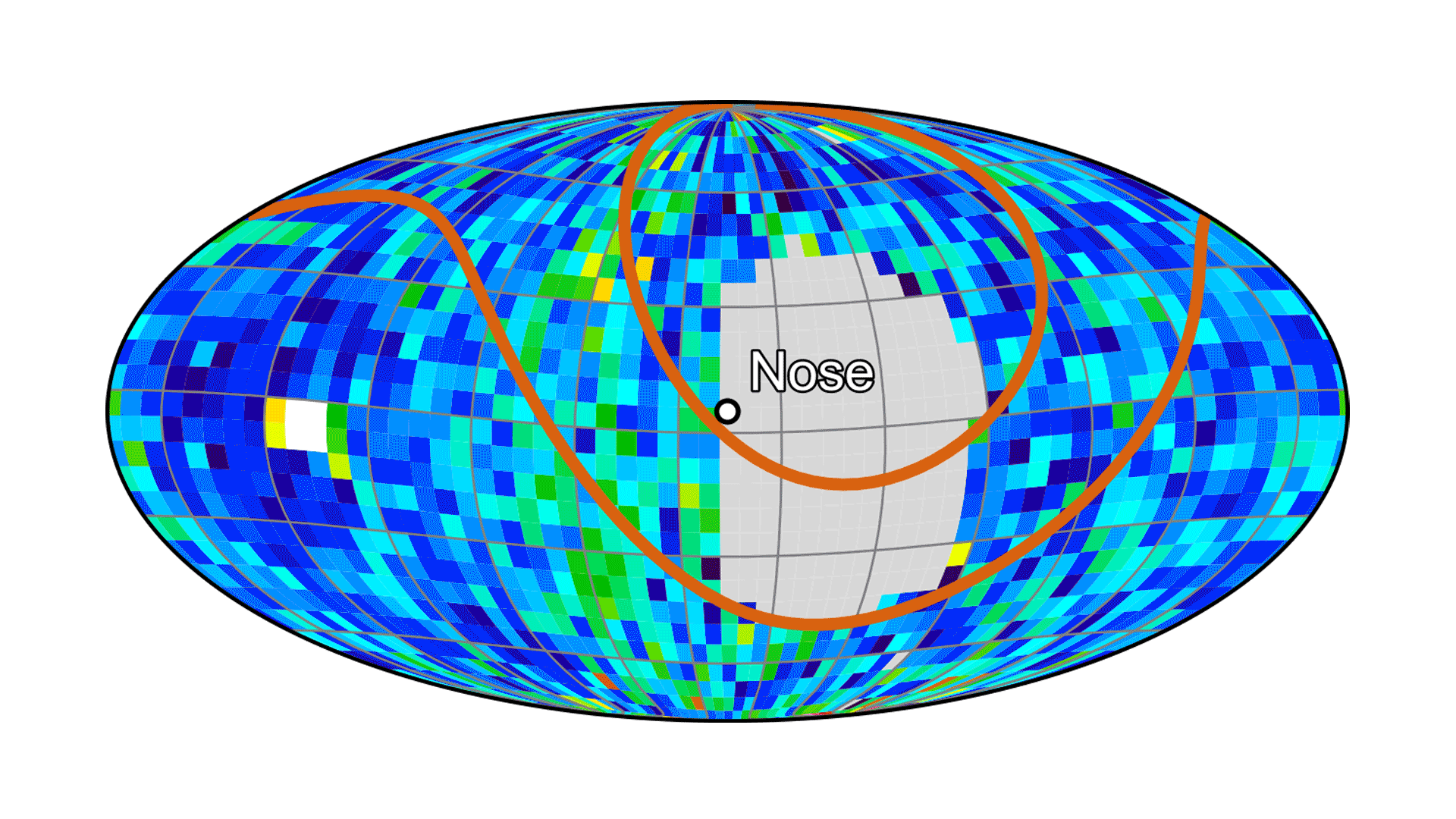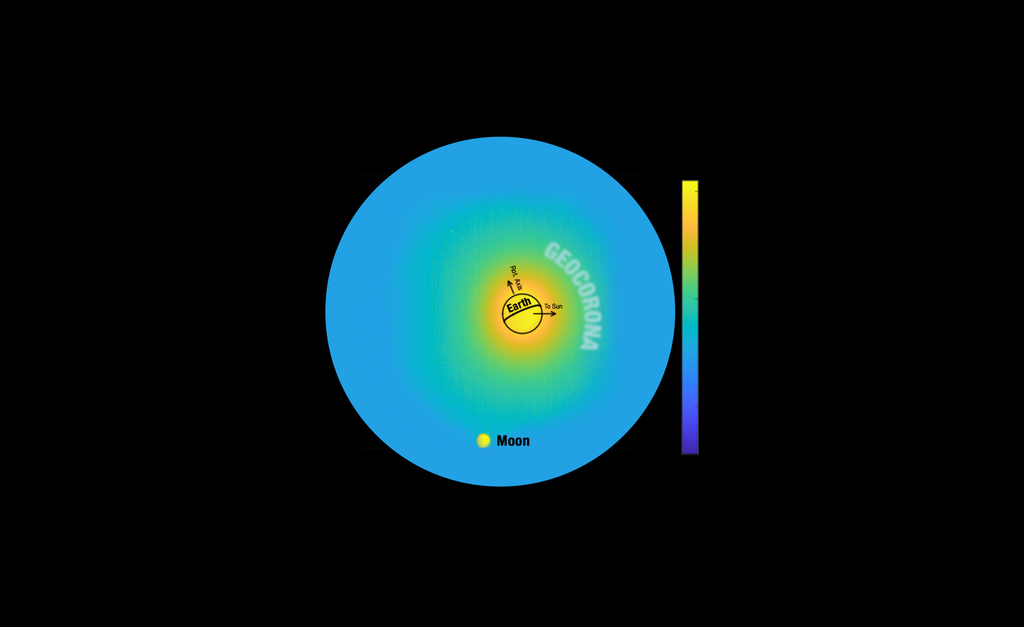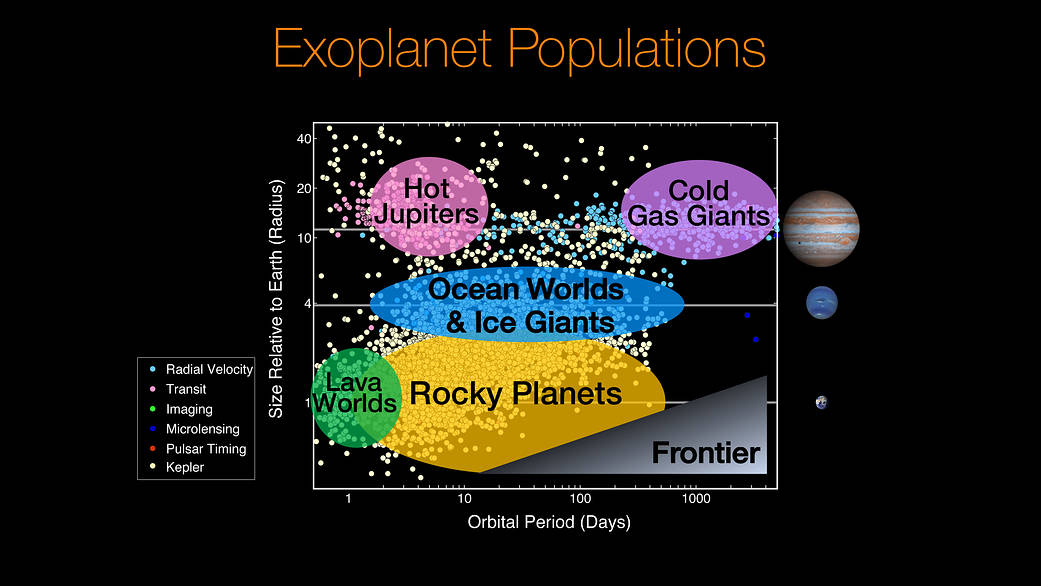The population of exoplanets detected by the Kepler mission (yellow dots) compared to those detected by other surveys using various methods: radial velocity (light blue dots), transit (pink dots), imaging (green dots), microlensing (dark blue dots), and pulsar timing (red dots). For reference, the horizontal lines mark the sizes of Jupiter, Neptune and Earth, all of which are displayed on the right side of the diagram. The colored ovals denote different types of planets: hot Jupiters (pink), cold gas giants (purple), ocean worlds and ice giants (blue), rocky planets (yellow), and lava worlds (green). The shaded gray triangle at the lower right marks the exoplanet frontier that will be explored by future exoplanet surveys. Kepler has discovered a remarkable quantity of exoplanets and significantly advanced the edge of the frontier.
Image credit: NASA/Ames Research Center/Natalie Batalha/Wendy Stenzel



























